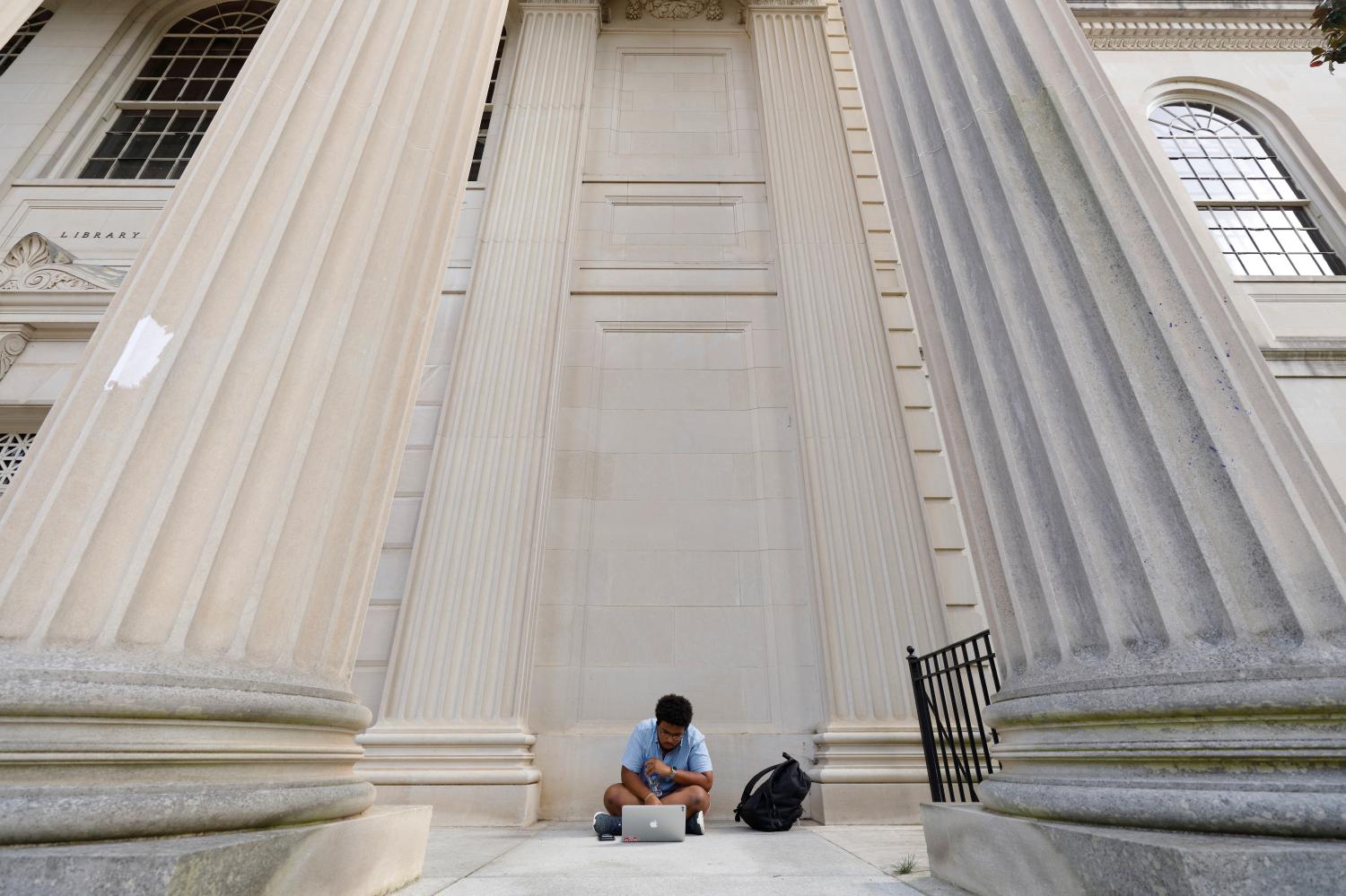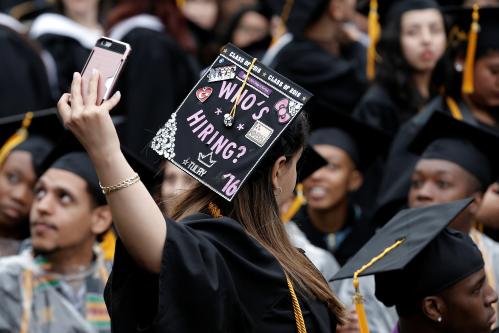In 1992, Congress enacted a series of rules, including the “85/15” rule, to combat waste, fraud, and abuse of federal financial aid programs for higher education. The 85/15 rule limited the share of revenues that a for-profit institution could receive from federal aid programs to 85 percent. The rule was intended to validate the quality of the education provided and the tuition price: if an institution is providing a valuable education, someone other than the federal government should be willing to pay for students to attend.
The accountability rules instituted in the early 1990s limited federal aid to low-quality institutions, driving down the default rate on student loans from its all-time-high of 37 percent in 1990 to 12 percent by 1999. Since then, however, several of these safeguards have been weakened or repealed, contributing to the recent resurgence of defaults, slowing repayment rates, and allegations of fraud. The 50 percent limit on the share of students enrolled in distance education programs was repealed in 2006, and regulations limiting incentive compensation were relaxed in the 2000s.
In addition, Congress changed the 85/15 rule to 90/10 in 1998, raising the share of revenues a for-profit institution could receive from federal aid to 90 percent. And policymakers have considered further revisions to these accountability systems in legislation and in newly proposed regulations.
In “Estimating the Potential Effect of the 90/10 Rule on Public and Private Non-Profits” (PDF), Adam Looney and Vivien Lee provide an empirical assessment of the 90/10 rule using the best available data, including an analysis of the implications of extending the rule to public and private non-profit institutions, and of alternative policies that incorporate military and veterans benefits into the formula. Drawing on public data from the Department of Education and the National Center for Education Statistics, the paper shows:
- Almost all public and private nonprofit institutions would easily pass the 90/10 rule were it applied to them, including those institutions serving disadvantaged students. In the 2015-2016 academic year, more than 97 percent of public and private nonprofit institutions appear to comply with the 90/10 rule based on Department of Education data. In contrast, federal aid is less than 90 percent of total revenues at only 82 percent of for-profit institutions, suggesting compliance is substantially worse.Public and private nonprofit institutions would easily comply with the 90/10 rule because they derive only a minority of their funding from tuition and fees (which includes federal aid). Two-year public institutions, for instance, finance 46 percent of their educational services with state appropriations. At such institutions, state legislators, charitable organizations, or individual students are the predominant sponsors of students, and the federal government’s investment is modest. At for-profit institutions, more than 90 percent of revenue is from tuition and fees—and most of that is from Title IV aid.
- Veterans and military benefits are currently not counted as federal aid in the 90/10 rule. If they were, institutions serving 24 percent of all for-profit students would have failed the 90/10 rule in 2015. Institutions serving more than 30 percent of students at four-year for-profits would fail the rule. In contrast, including veterans benefits in the 90/10 rule would appear to have little effect on public and private nonprofit institutions.
- Were the 90/10 rule revised to 85/15, 13 percent of for-profit institutions serving 13 percent of for-profit students would have failed in 2015. Using an 80/20 rule, 27 percent of for-profit schools serving 30 percent of for-profit students would have failed.
- Overall, schools with a large share of disadvantaged students – measured by the share of students receiving Pell Grants — are not more likely to fail the 90/10 rule. In fact, most Pell Grant recipients in the public and private nonprofit sector attend institutions where federal aid is a small share of institutional revenues. The pattern is the opposite in the for-profit sector. A higher share of students receiving Pell Grants is a strong predictor of noncompliance with 90/10 only in the for-profit sector.
- Default rates and repayment rates are worse at institutions with high 90/10 ratios. In 2015, the average three-year cohort default rate among for-profit institutions with official 90/10 ratios of 80 percent or more was 16.9 percent, compared to 12.8 percent at for-profits below 80 percent, 10.2 percent at all public institutions, and 7.2 percent at all private nonprofits. The relatively lower default rate at public institutions is not driven by elite schools; community colleges have a three-year cohort default rate of 12.3 percent.
- Eliminating the 90/10 rule would increase enrollment at lower-quality institutions and increase defaults. Following the revision of the rule from 85/15 to 90/10 in 1998, enrollment at institutions with 90/10 ratios above 80 percent surged. If enrollment at those institutions had instead increased at the same rate as schools with 90/10 ratios below 80 percent, then there would have been about 1.2 million fewer first time borrowers at those institutions over the period from 1998 to 2010.
Ultimately, Looney and Lee conclude that that the 90/10 rule does not differentially affect for-profit institutions—were it applied universally its effects would still apply almost exclusively to for profit schools, because those institutions are more reliant on federal aid. Indeed, the largest consequence of universal application would be an expansion in regulatory and paperwork burden at compliant public and private universities. However, the application of the 90/10 rule within the for-profit section places clear constraints on the ability of for-profit schools with high default rates to expand using taxpayer dollars. The 90/10 rule remains a key form of shared oversight between federal, state, and private educational authorities.
Read the full paper here.
The Brookings Institution is committed to quality, independence, and impact.
We are supported by a diverse array of funders. In line with our values and policies, each Brookings publication represents the sole views of its author(s).







